There are an incredible amount of different types of vegetables, but only a handful veggies that start with ‘A’. Some examples include artichokes, avocado, and asparagus.
These vegetables can be found from all over the world, and they all have different nutrients that make them very useful to the human diet.
If you would like to find out more about the vegetables that start with A, then carry on reading!
1. Artichoke
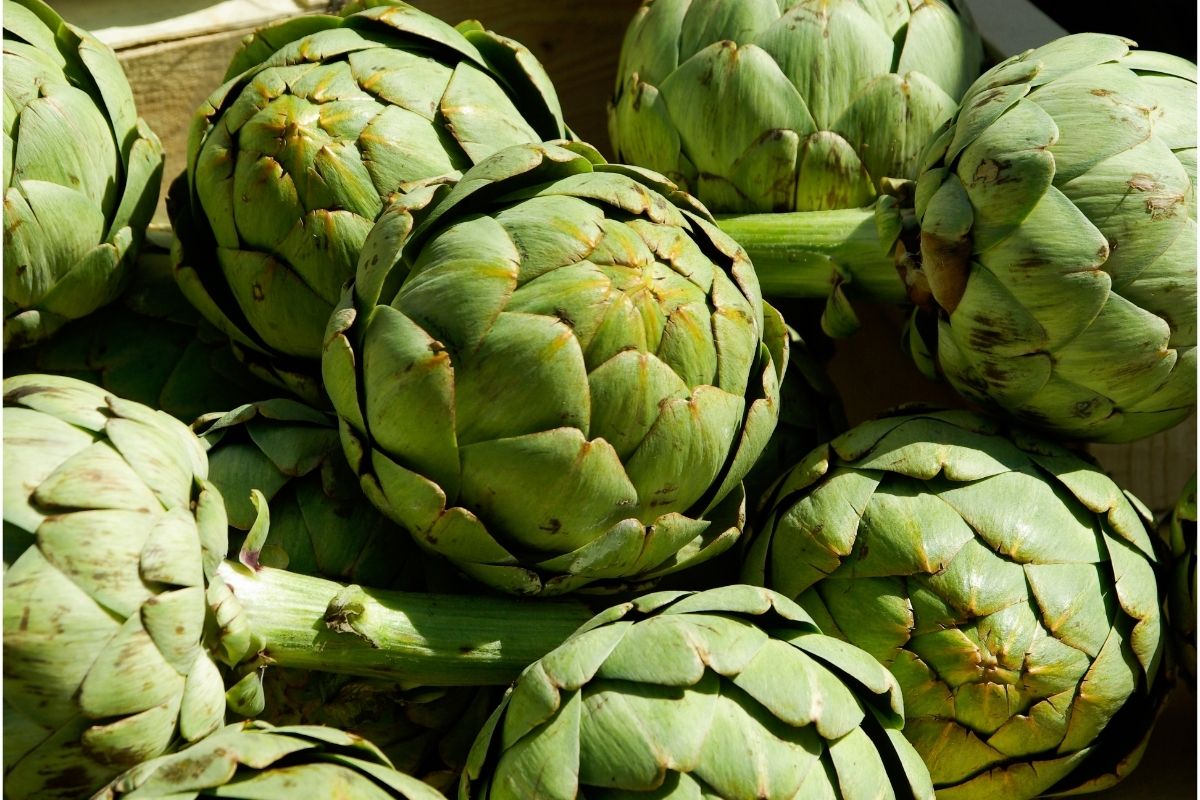
Artichokes grow in clusters on tall stalks. They have dark green leaves, and some varieties even have small purple flowers.
Artichokes contain lots of fiber, vitamin C, folate, potassium, magnesium, iron, calcium, and vitamins B6 and K.
While their tasty is fairly mild and earthy, the texture of artichoke is brilliant to add to vegetarian dishes to mix things up!
2. Asparagus
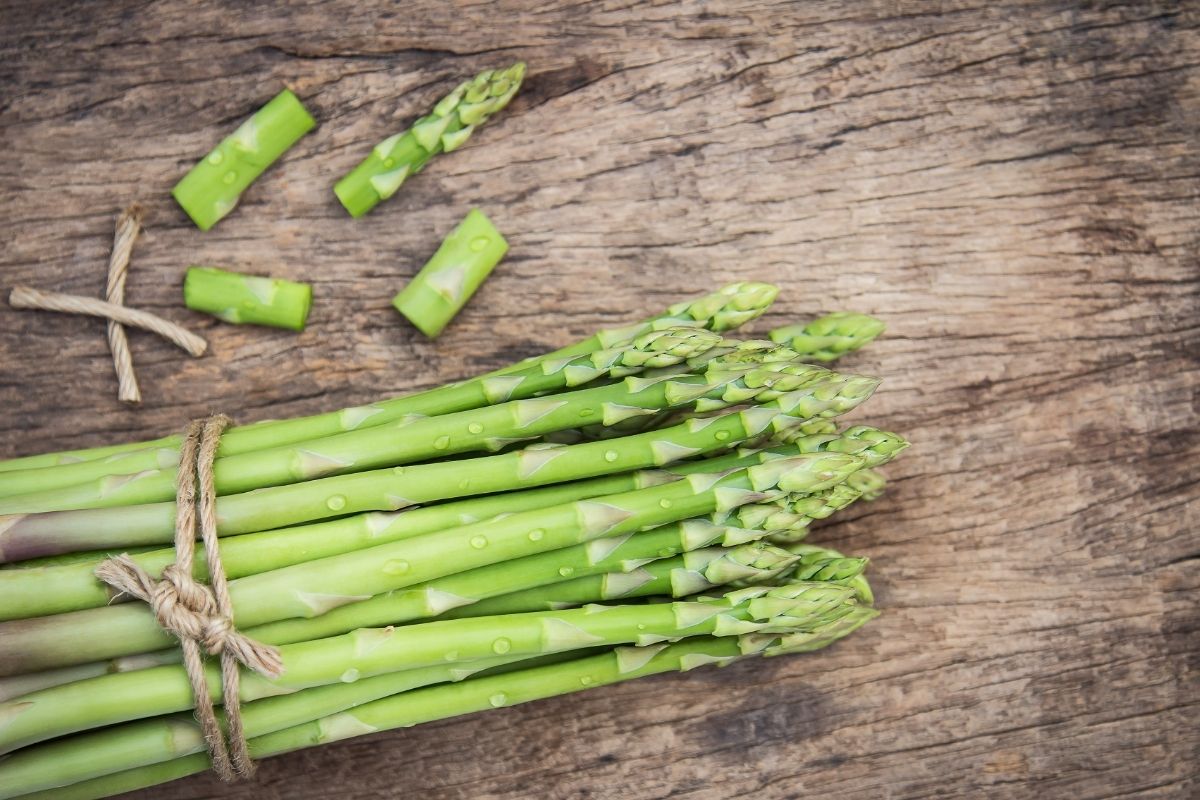
Asparagus grows in tight bunches on long stalks. It has light green foliage, and it’s often sold by weight rather than volume.
Asparagus contains lots of folic acids, vitamin C, and vitamin B6. It also has a high water content, which makes it ideal for cooking. The flavor of asparagus can range from sweet to bitter, depending on the variety.
3. Avocados
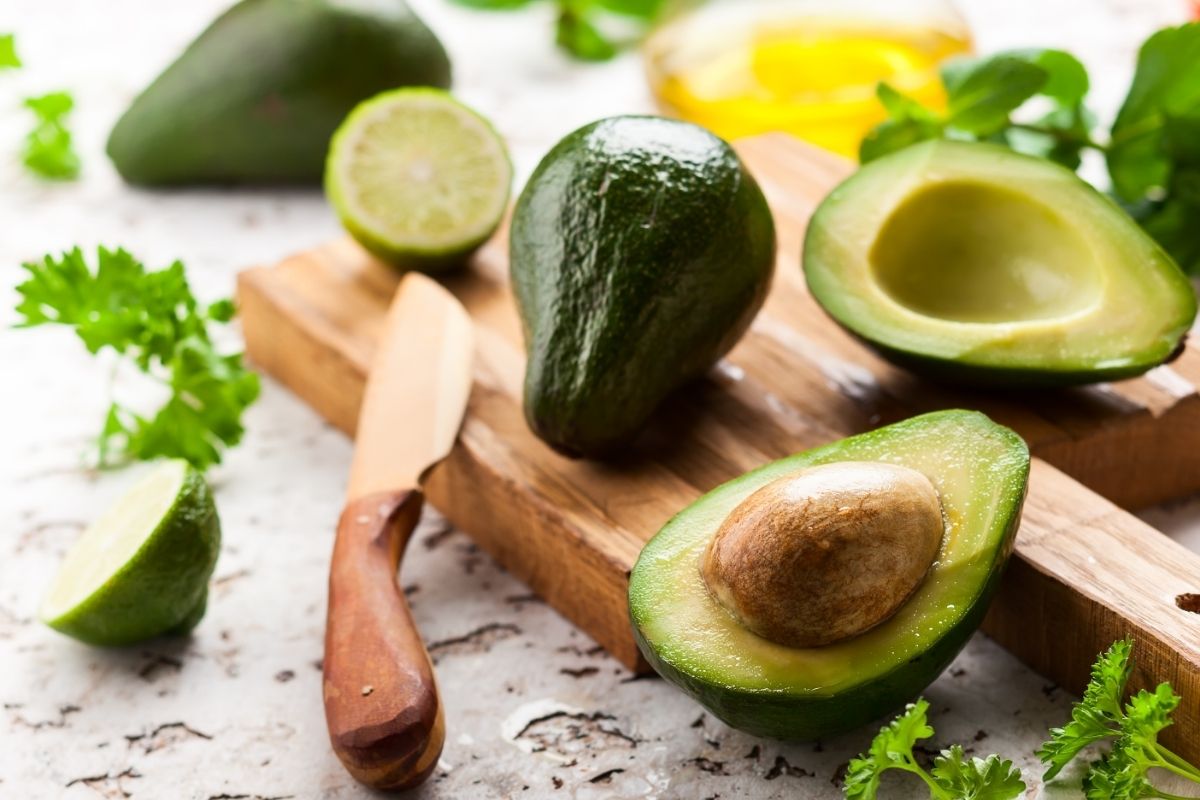
While avocados are technically a fruit because of the large seed in the middle, they are most typically used in savory foods as a form of vegetable. The avocado plant is native to Mexico and Central America.
Avocados contain lots of healthy fats, including monounsaturated fat, polyunsaturated fat, and omega-3 fatty acids.
They also contain antioxidants like beta-carotene and lutein. Avocados are great for adding creaminess and richness to salads, sandwiches, or pasta dishes.
4. Aubergine
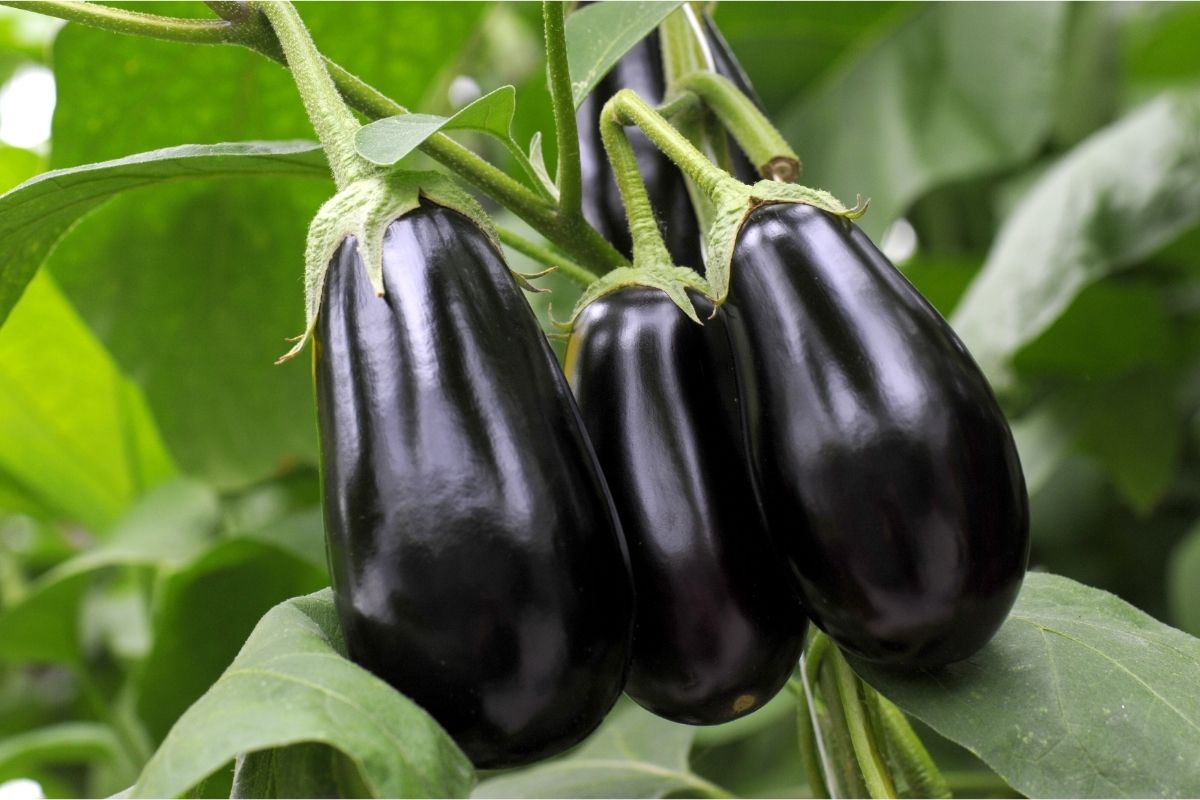
The name “aubergine” means eggplant in French. Aubergines are grown mainly in India, Pakistan, China, Egypt, and Israel.
They come in many shapes and sizes, ranging from tiny baby ones to huge ones. Aubergines are rich in fiber, vitamin C, and manganese.
They are also very versatile when it comes to cooking. Their soft flesh turns into a delicious sauce when cooked. You can use aubergines in place of potatoes or rice.
5. Arugula
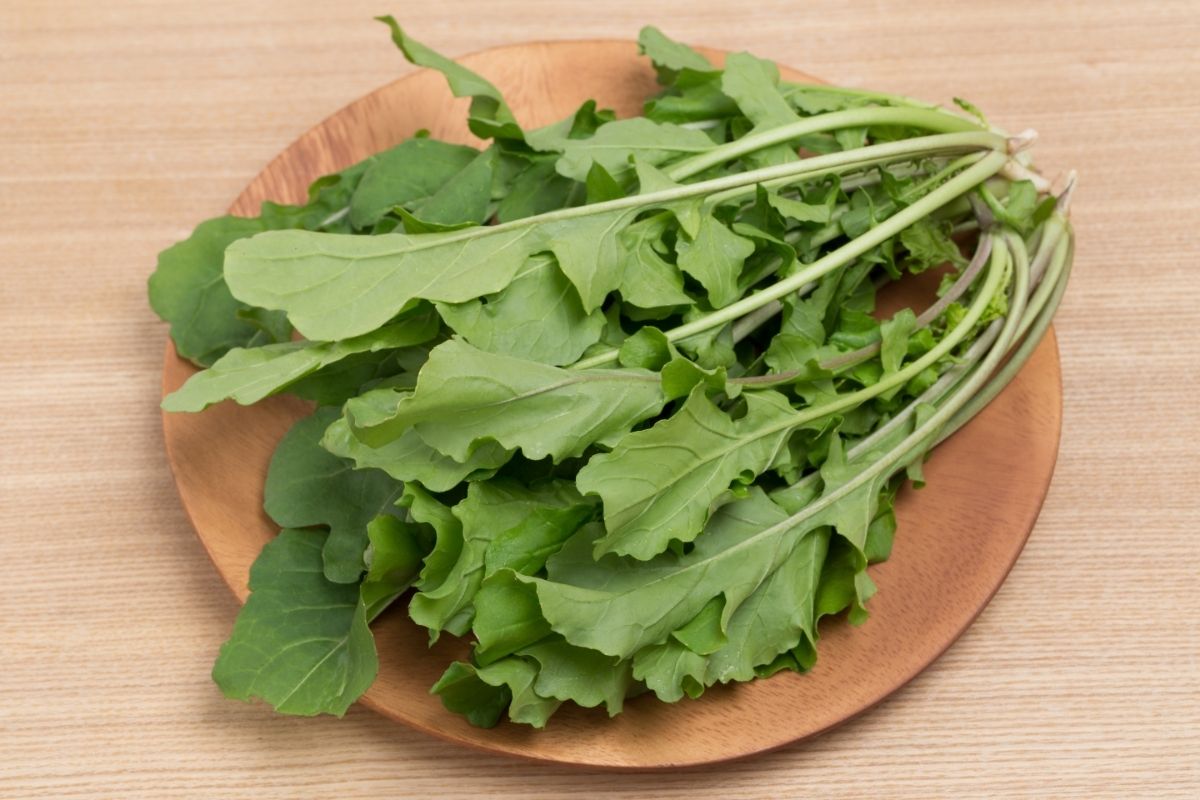
This peppery salad green is actually part of the mustard family. It’s known for its strong taste, so it works well in spicy dishes. Arugula is packed with nutrients, including vitamin C and folate.
It’s also loaded with minerals such as phosphorus, copper, and zinc. Arugula is available year round, but it’s best during the summer months.
6. Arrowroot

Arrowroot is a starch made from the root of the arrowroot plant. Arrowroots are related to yams, but they are much smaller.
Arrowroot is commonly used in Asian cuisine. It’s high in dietary fiber and low in calories. It’s also good for thickening soups and sauces.
7. Amaranth Leaves
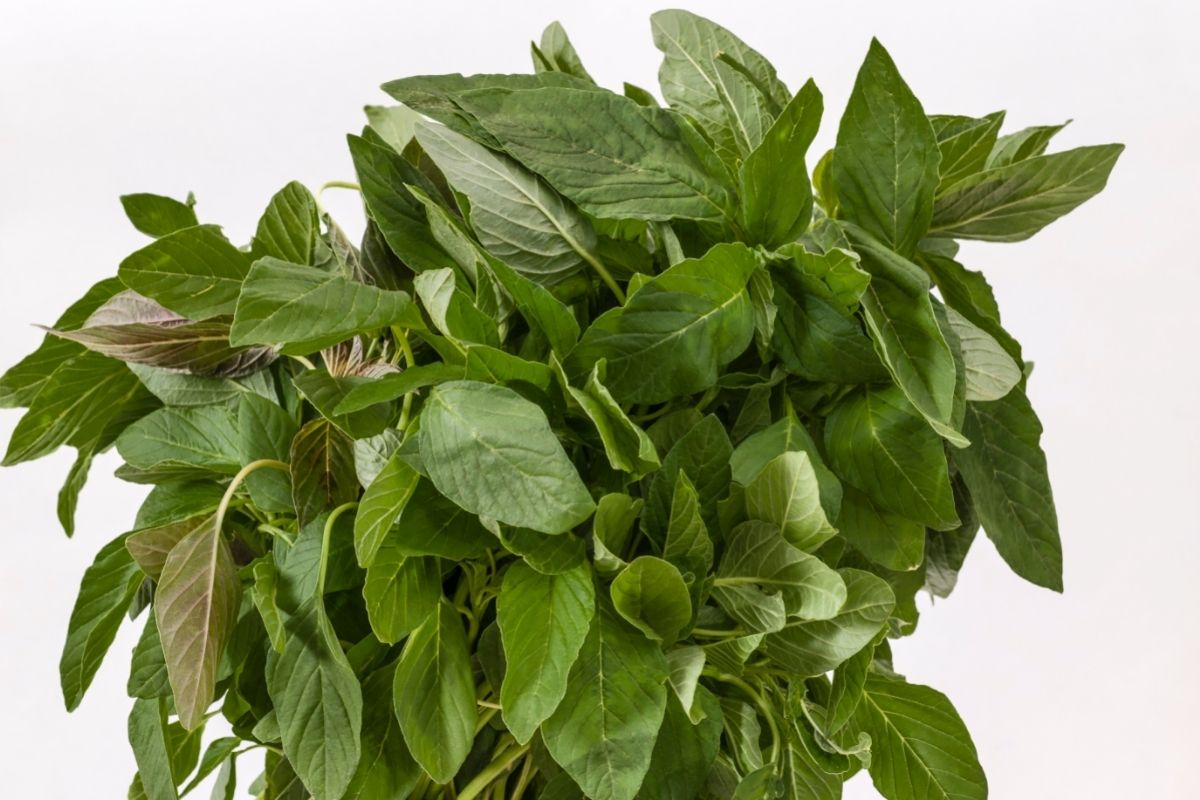
These leaves are common in Mexican and South American cuisines. Amaranth leaves are full of protein and fiber.
They are also packed with vitamins A, C, E, and K. Some people think amaranth leaves look like spinach, but they aren’t quite as nutritious. Try them in your next stir-fry or quinoa dish.
8. Arracacha
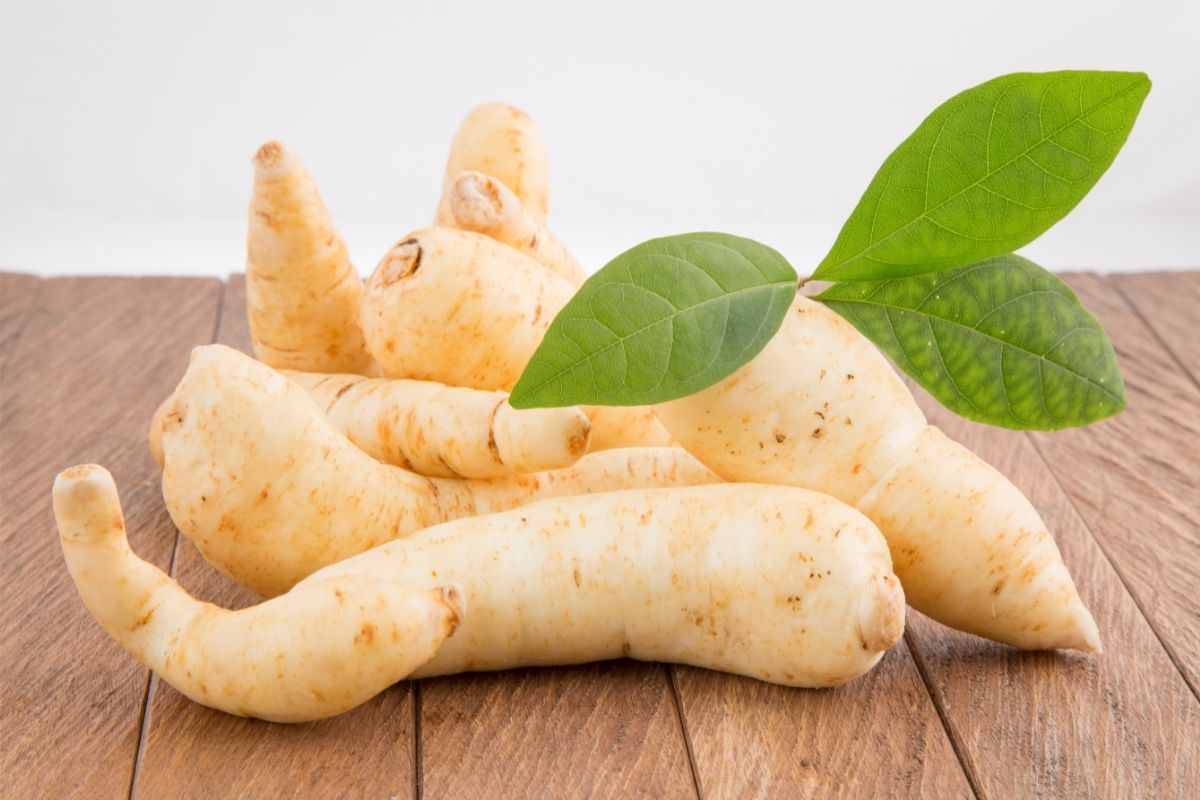
Arracacha is another type of tuber that looks like a potato. Arracachas are native to Peru, Chile, Colombia, Ecuador, and Argentina.
They’re usually cooked like potatoes, although you can eat them raw if you prefer. Arracachas contain lots of carbohydrates, fiber, and vitamin C.
9. Aonori
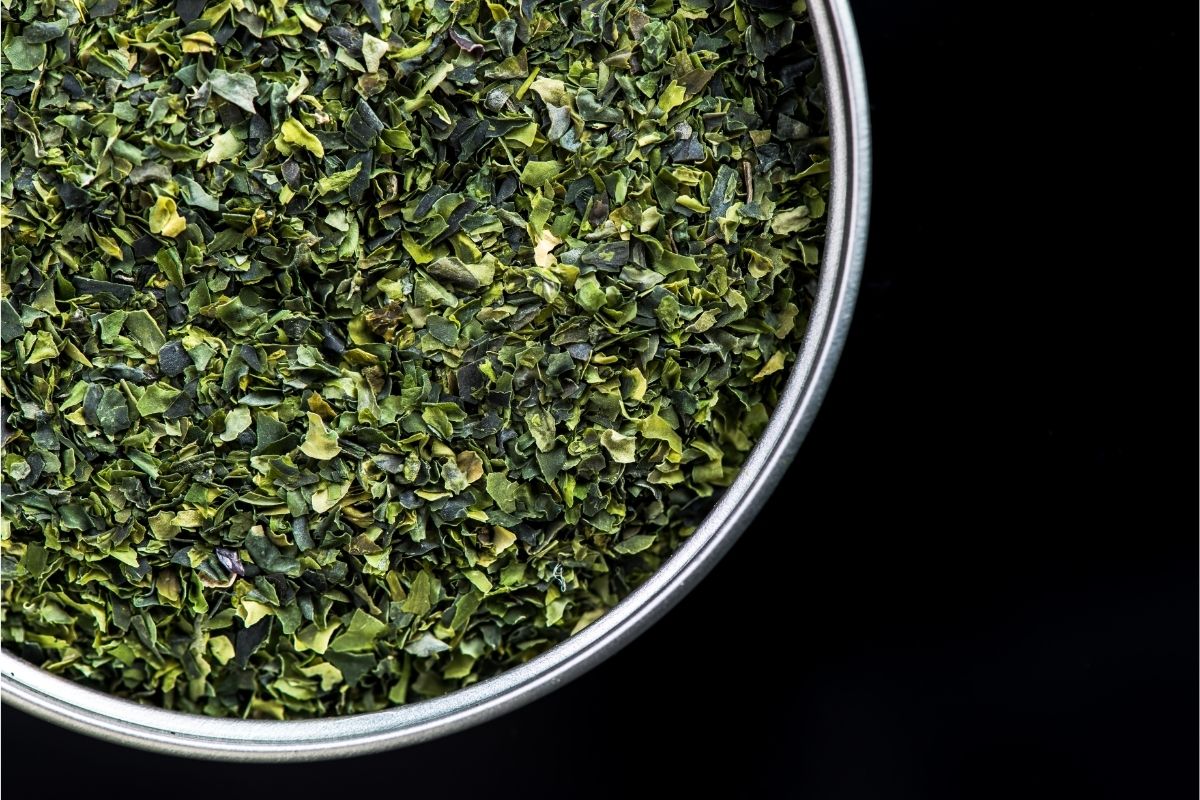
Aonori is an edible seaweed that comes from Japan. It’s sometimes referred to as kelp or kombu. This sea vegetable is full of iodine, selenium, and other trace elements. It’s also high in protein, calcium, iron, and potassium. You can find this seaweed at Japanese grocery stores.
10. Agathi
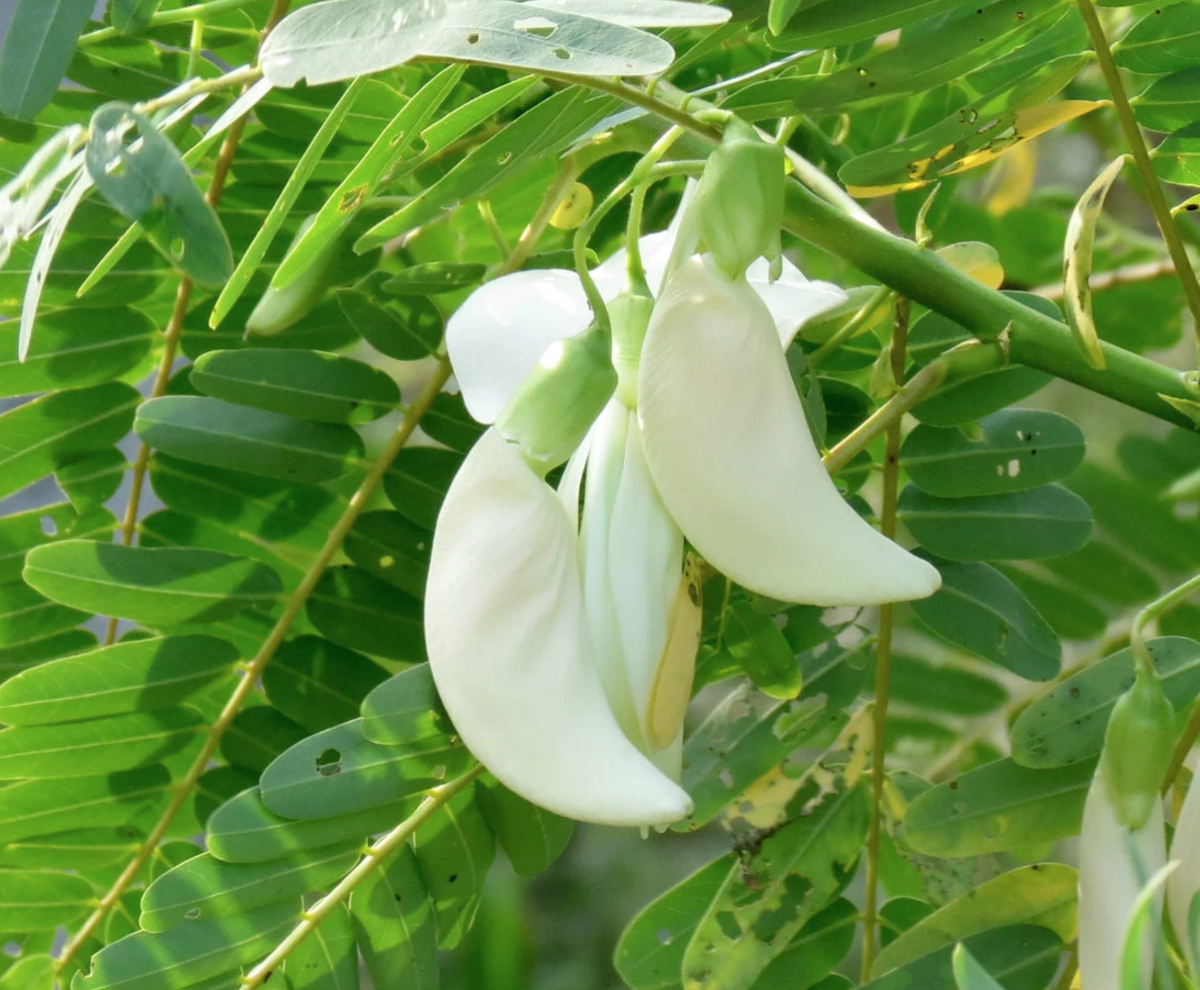
Agathi is a leafy green vegetable from Sri Lanka. Agathis grow in clusters and have dark green leaves. They’re mostly eaten boiled or steamed, although some varieties are pickled. Agathi is high in vitamin A, vitamin C, and iron.
11. Arame
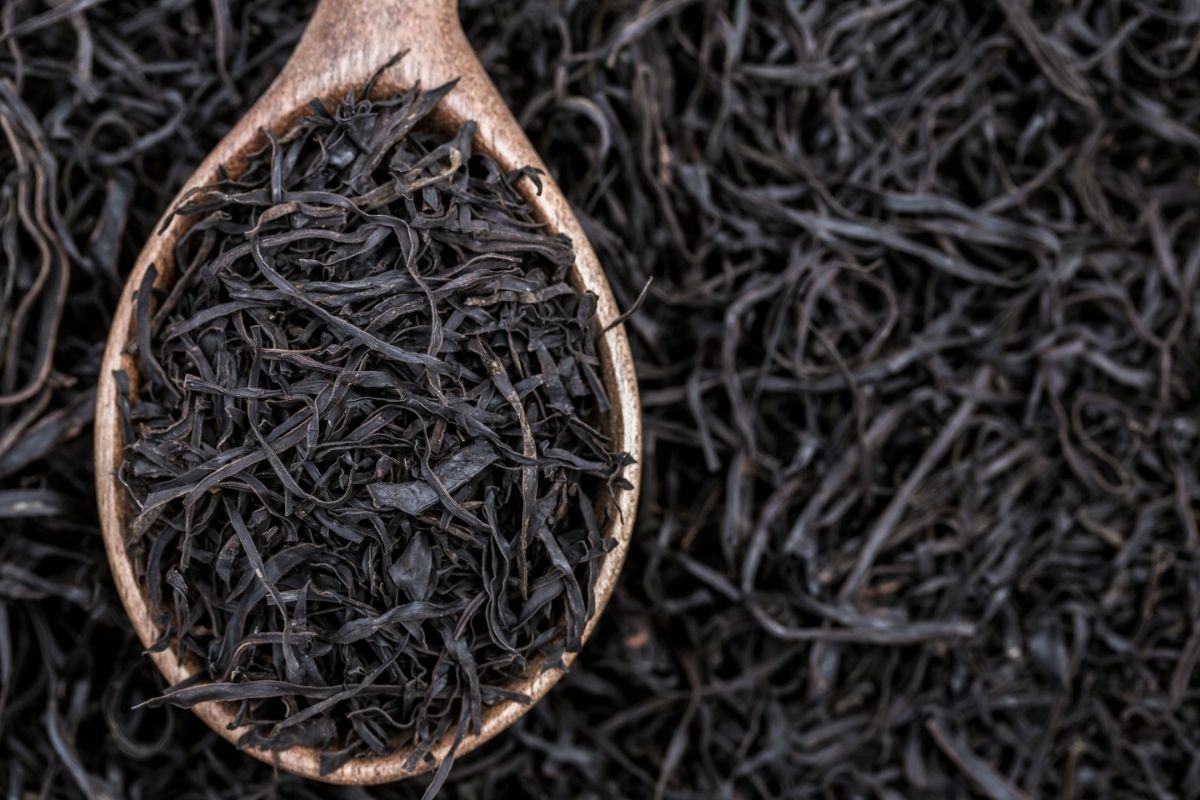
Arame, also known as sea oak, is a type of brownish-green algae that grows on rocks along coastlines. It’s often sold dried and ground-up which then allows it to be mixed into meals, as it adds an unusual, semi-sweet flavor.
Arame contains lots of minerals like magnesium, iron, and sodium. It’s also full of fiber, B vitamins, and vitamin D.
12. Adzuki Beans
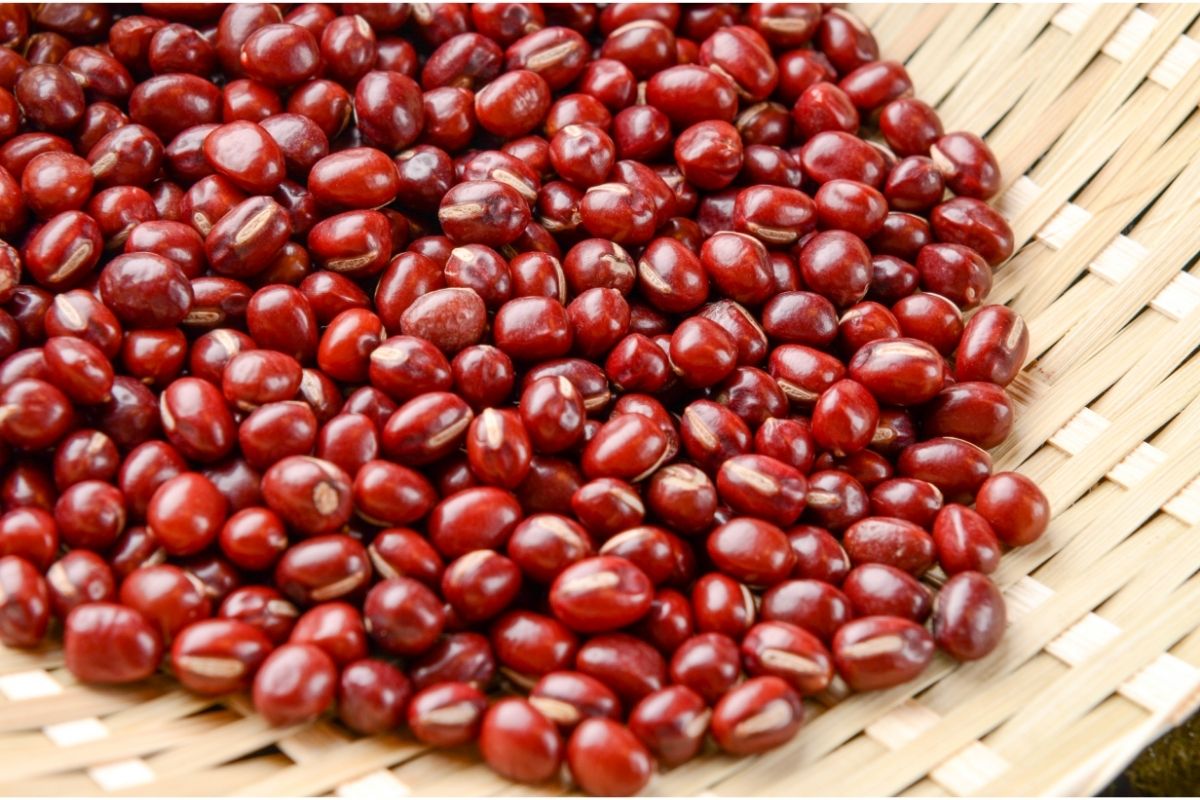
Adzuki beans are small red beans that are popular in Japanese cuisine. Adzukis are higher in protein than most other types of beans.
They’re also considered a superfood because they contain more protein than beef, and they are also known to help people who are suffering from type two diabetes and heart conditions – particularly because of how they can improve the efficiency of a human’s digestive system.
13. Ash Gourd
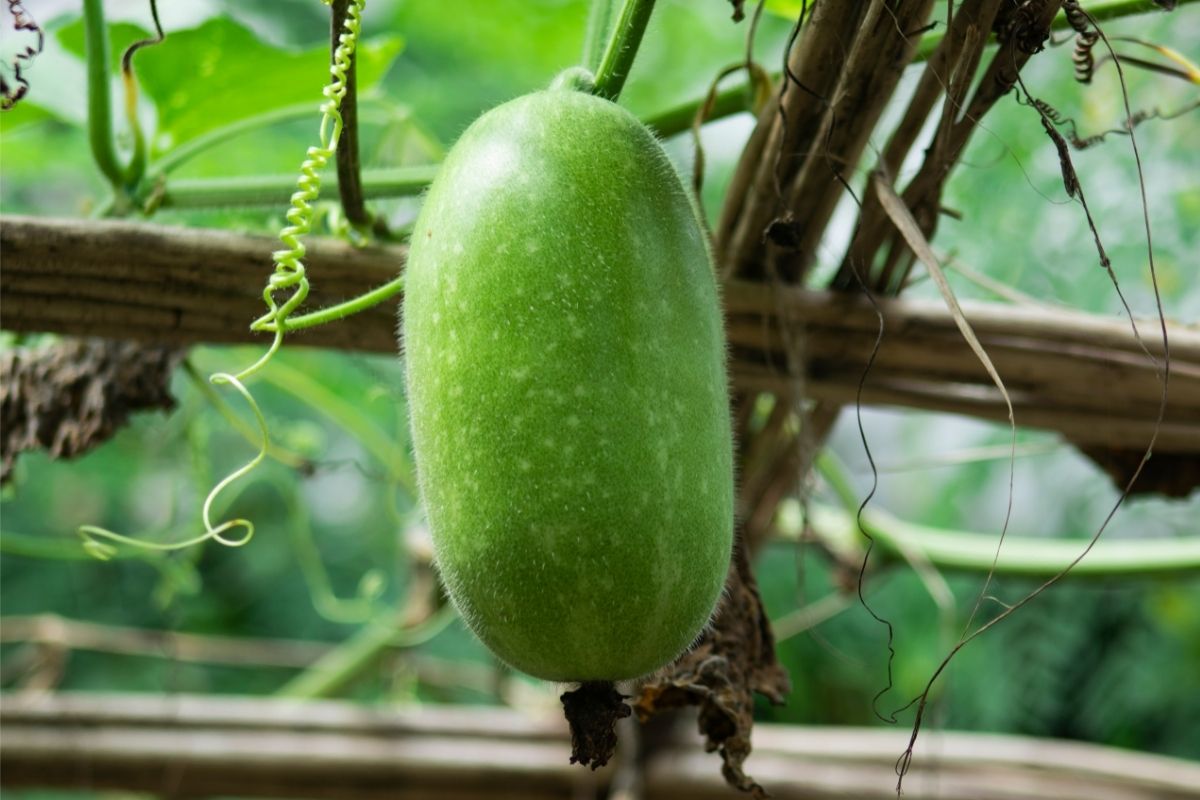
The ash gourd (also known as the ash pumpkin) is a large vegetable that resembles a pumpkin. Ash gourds are cultivated throughout Asia, Africa, and Latin America.
They’re usually served as a side dish, but they can be sliced and fried too. Ash gourds contain lots of beta-carotene, which is converted into vitamin A when we consume it.
14. Acorn Squash
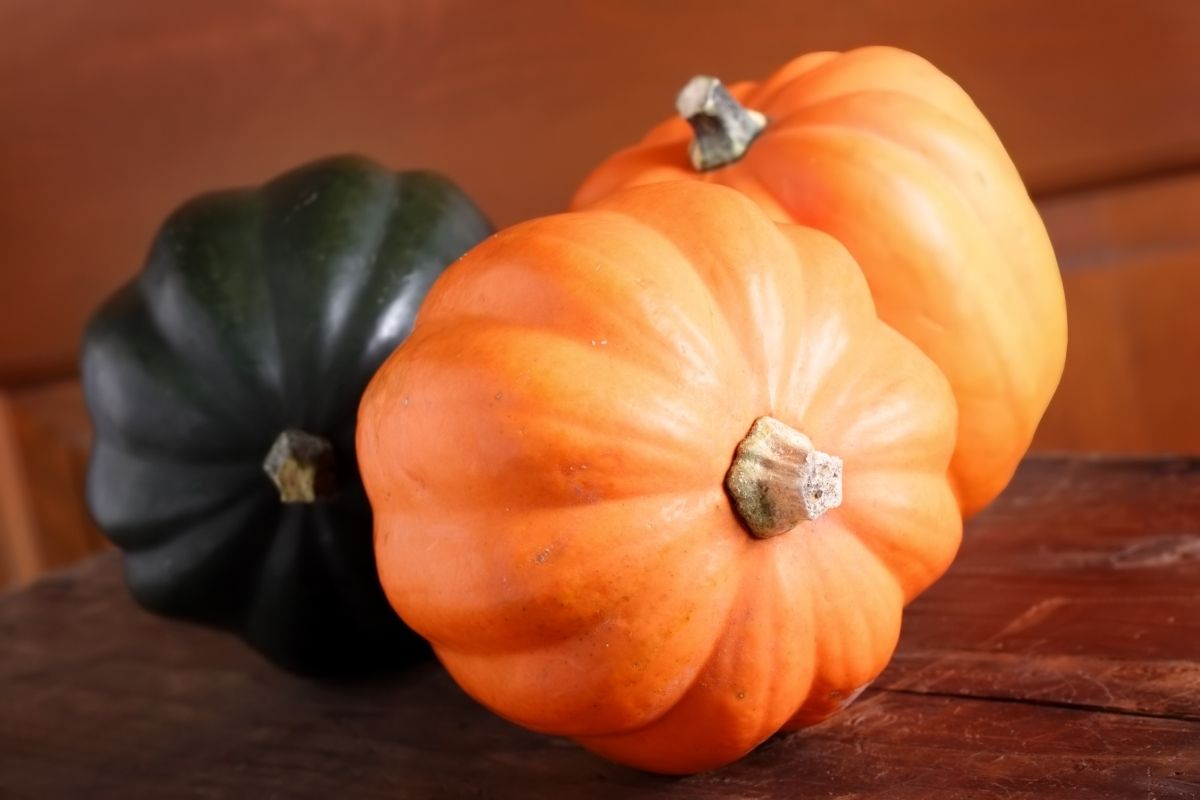
This squash has dark green skin and orange flesh. Acorn squashes are grown all over North America. They’re generally eaten baked, roasted, or sautéed.
Acorn squash is rich in antioxidants and vitamin A. Part of their popularity is due to the fact that they can be cultivated and harvested in only 80 days!
15. Ahipa

Ahipa is a type of bean that grows in the Andes Mountains. These beans are very similar to black beans, but they have a slightly sweeter flavor. They’re typically cooked with salt and chili peppers.
While beans may not technically be classed as a vegetable (as they are a legume) they have a similar amount of nutrients as vegetables, and they are often used as a replacement for vegetables in meals!
16. Alfalfa Sprouts
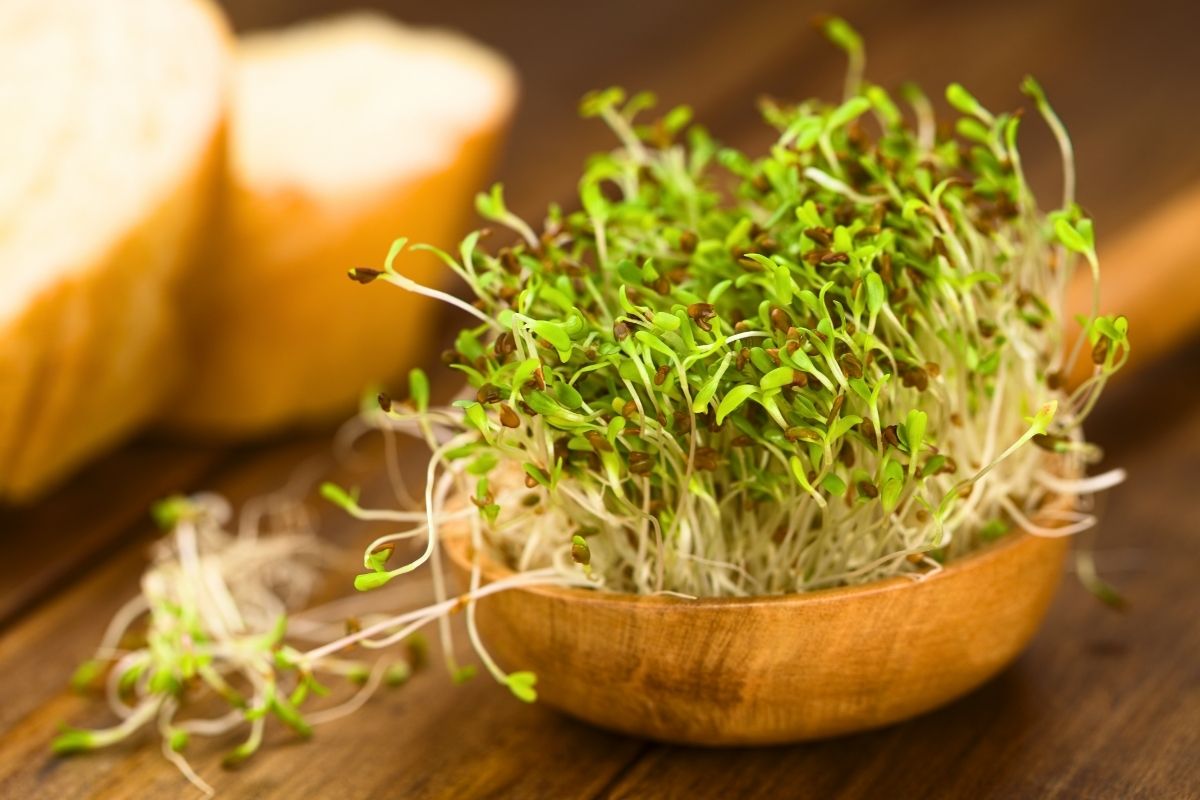
Sprouted seeds are a great way to get your daily dose of micro-nutrients. Alfalfa sprouts are one of the best sources of plant-based protein available.
They’re packed with amino acids, and they’re also loaded with minerals like phosphorus, zinc, and manganese. They’re also a good source of chlorophyll, which helps boost your immune system.
17. Arikara Squash

Arikara squash is a sweet winter squash that looks like a large yellow pumpkin, and it is also formed in a teardrop shape.
Arikara squash is native to South America, where it was traditionally used as a food staple. The squash is now commonly found in supermarkets around the world.
18. Asparagus Bean
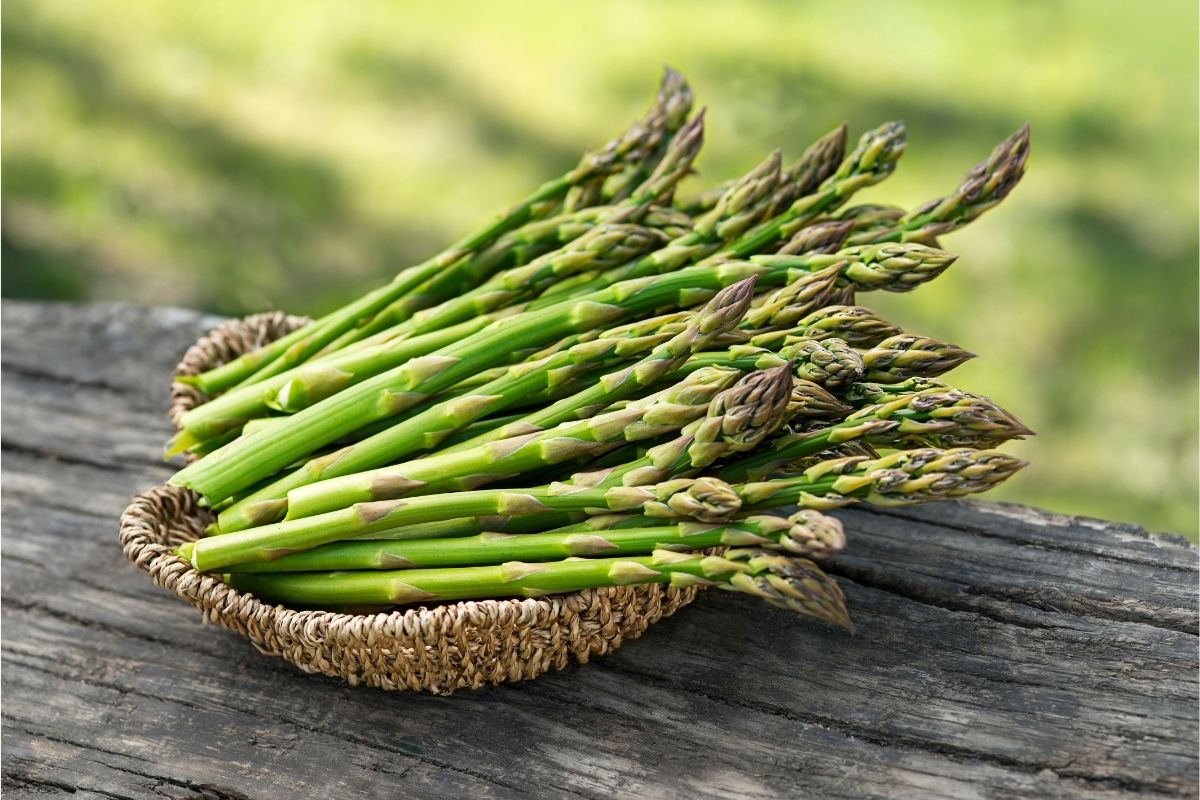
Beans are an excellent source of protein, fiber, and other important nutrients. Asparagus beans are made up of edible green pods that contain seeds that are not fully matured yet.
In this way, they are most easily compared to the green bean. They are best eaten when stir-fried or sautéed, which improves on their slightly nutty flavor – but they shouldn’t be eaten raw.
19. American Groundnut
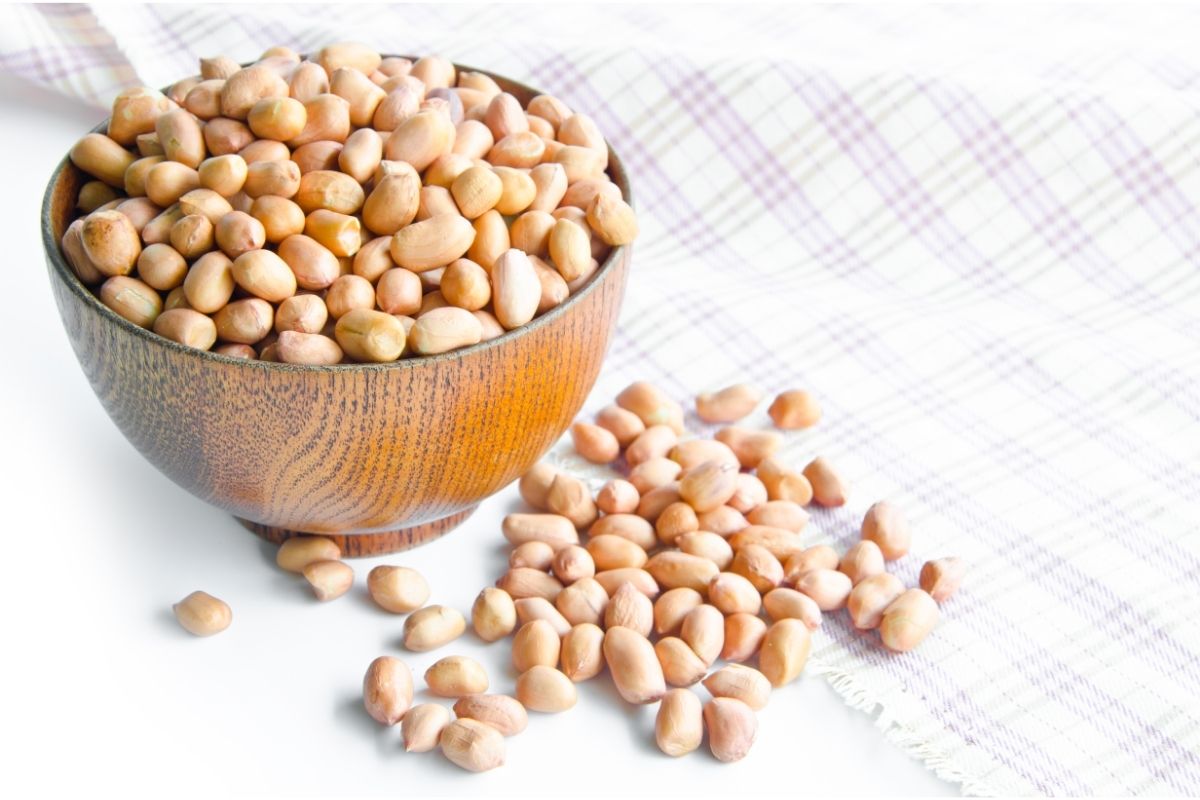
American Groundnuts are also known as hopniss or potato beans, and they are a fairly rare bean to find in supermarkets.
They are native to North America and mainly grow in areas that contain a lot of water, like stream banks and pond borders.
They do need to be cooked before being eaten, and the recommended method to do this is to pan-fry them!
RELATED: So Darn Delicious! 13 Different Types Of American Vegetables
20. Asian Pigeonwings

While these plants aren’t well-known, Asian Pigeonwings produce both edible seeds and flowers – the nutrients of which are proven to improve mental health.
It is native to tropical Asia, and the evergreen nature of the plant means that it is available throughout most of the year. One of its most popular uses is brewing its vibrant blue flowers into tea!
To Sum Up
There you have it! Those are just a few of the many amazing vegetables out there beginning with the letter A. Hopefully this list has helped introduce you to some new foods and plants, and don’t be afraid to try to grow any of these plants yourself.
Frequently Asked Questions
What Do You Mean By “Vegetable” Vs. “Fruit”?
Vegetables are plants that are part of the flowering kingdom. Fruits are the ripened ovaries of flowers. Plants that produce both fruits and leaves are called berry bushes.
Can You Eat Vegetables Raw?
Yes, you can eat some vegetables raw such as lettuce, cabbage, radishes, etc. This may actually be better for you to do, as cooking vegetables can sometimes reduce the number of nutrients they contain (depending on the cooking method).
However, you do need to check beforehand whether the vegetable can definitely be eaten raw. You will find that many mushrooms and beans need to be cooked, or they could make you very ill!
How Do You Start Vegetable Seeds Indoors?
You can start your seeds indoors using seed starting trays. You’ll need to use a soil mixture that contains peat moss, vermiculite, perlite, sand, and/or compost.
Make sure to keep the soil moist at all times. If you don’t have access to a greenhouse, you can place your seeds on a sunny windowsill. Be careful though because sunlight can cause damage to your seeds.







